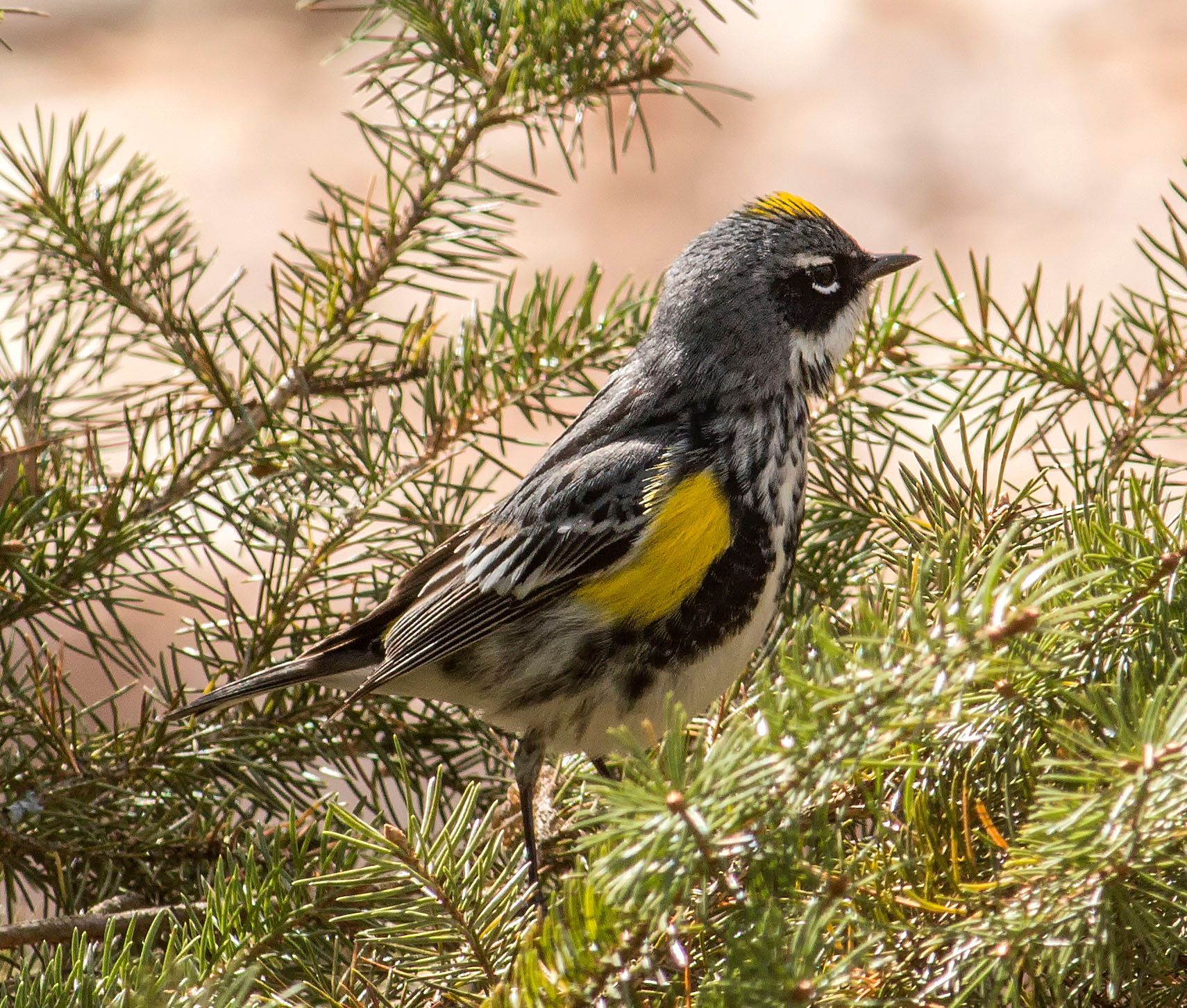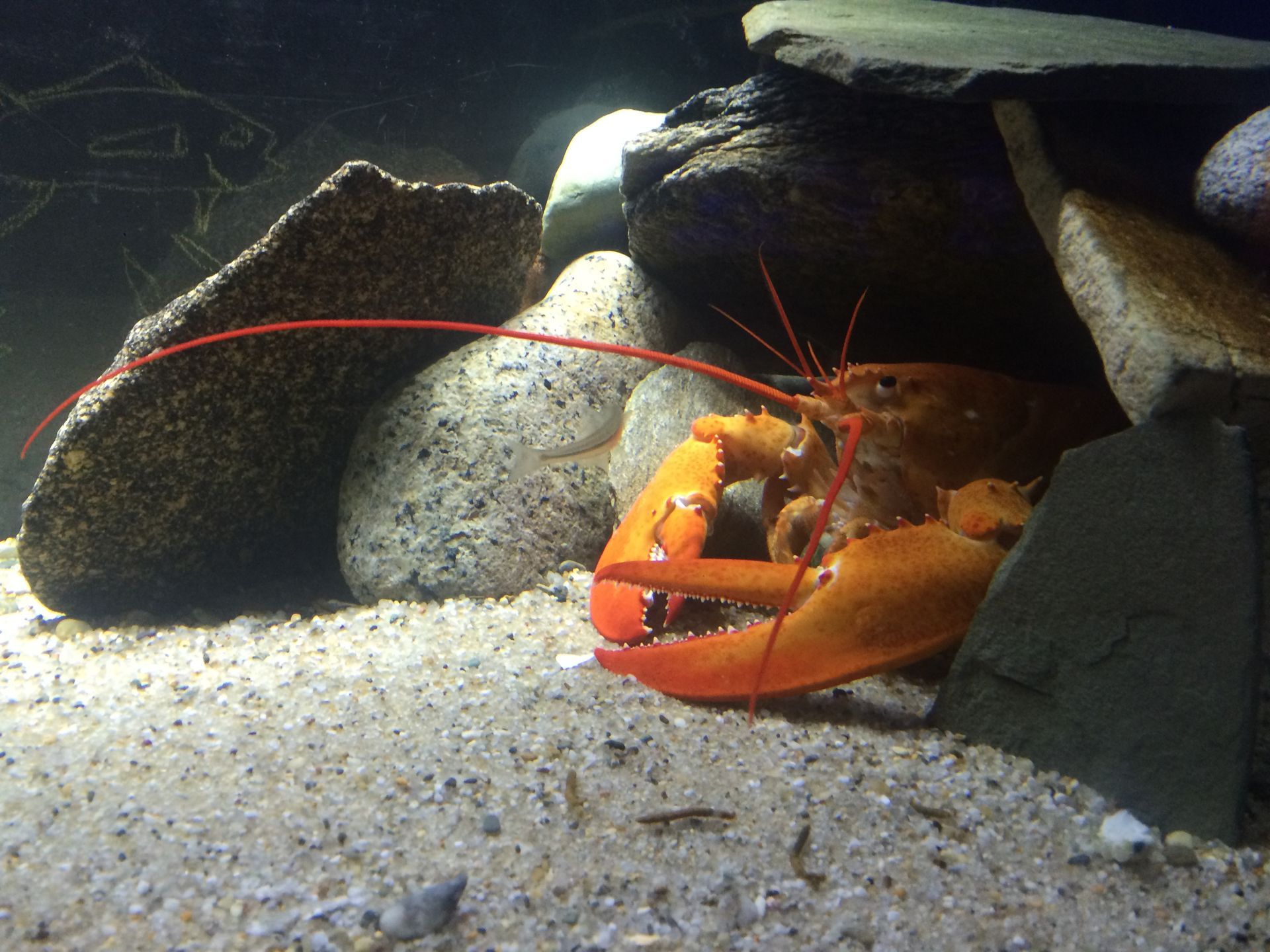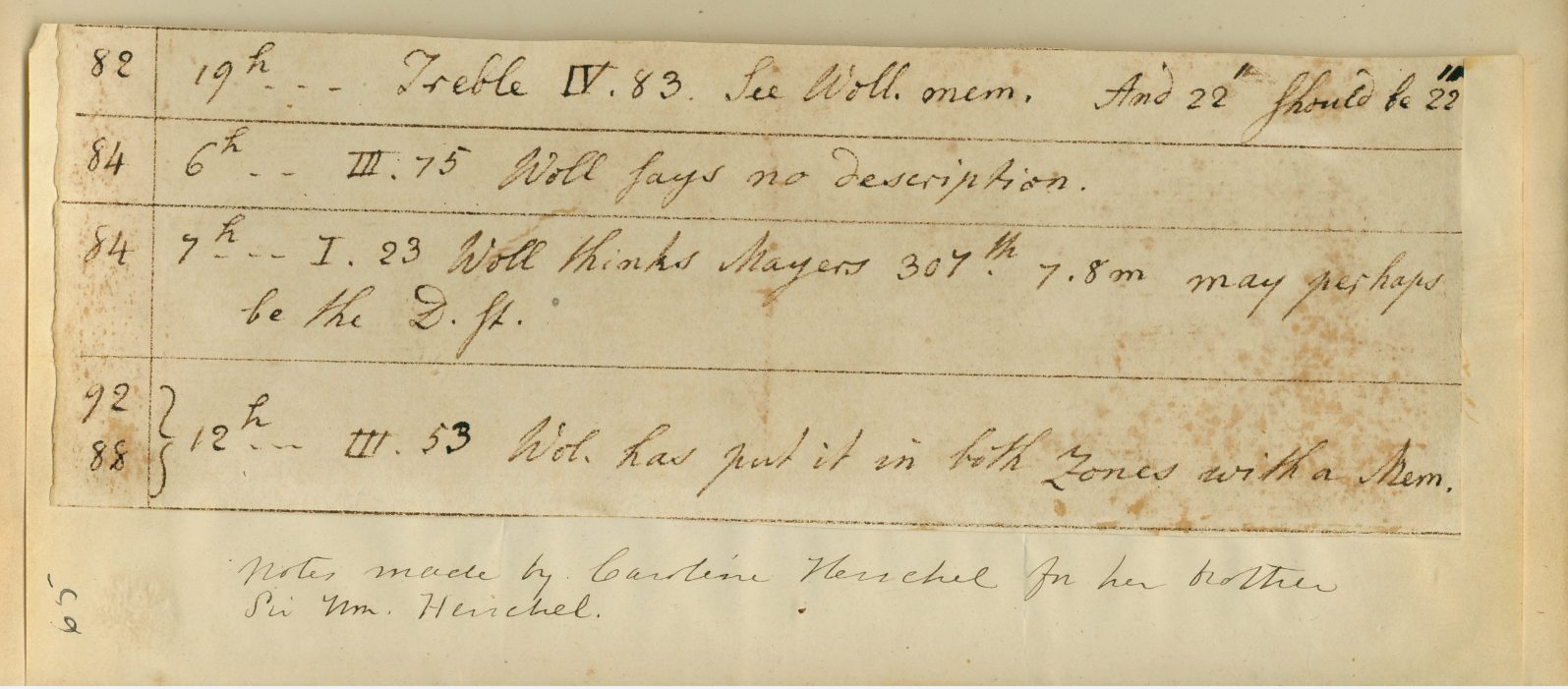Keep Calm and Bird On: April 2025
“If you don’t look, you don’t see. You have to go and look.”
-Edith Andrews

April marks the true spring transition, as “winter birds” begin heading north and migrants begin to drop in. All winter we enjoyed the relatively drab—except for a dab of yellow—on the Yellow-Rumped Warblers. But they are already beginning to get their yellow waistcoats at the end of March and will be nearly unrecognizable as they molt into breeding plumage.
Pine Warblers will be arriving in greater numbers and singing in the tops of, yes, pine trees. They can have variable plumage so a good question to ask as you wonder what you are seeing is, "If it isn’t a Pine Warbler, what is it?”
We will be saying “good bye for now’” to Loons and Grebes while awaiting the arrival of Snowy Egrets, and keeping an eye out for Little Blue Herons and Cattle Egrets.
We will be awaiting the Blue-Winged Teal while continuing to enjoy Bufflehead, and listening to the keening wail of Black Scoters as they stage for migration.
Song Sparrows are ubiquitous year-round regulars, found in every part of the island where there is some cover. But they will soon be joined by Savannah Sparrows, which prefer open fields and grasslands. Listen for their buzzy, insect-like vocalization in Head of the Plains. Chipping Sparrows are also arriving, but their preferred nesting turf is under the cover of shrubby tangles in the pines at The Gardner Farm off of Hummock Pond Road.
But we never know what rarity might show up. Will a stray Sandhill Crane find its way to one of our golf courses? Will a Tricolored Heron suddenly appear in a marsh? It is worth keeping your eyes open, but also an open mind. Even if something seems outrageous and totally unexpected, check all the details, and write them down or sketch if you cannot get a photo. Good observation makes the difference between a record and a maybe.
Image by Tom Griswold.
Recent Posts




